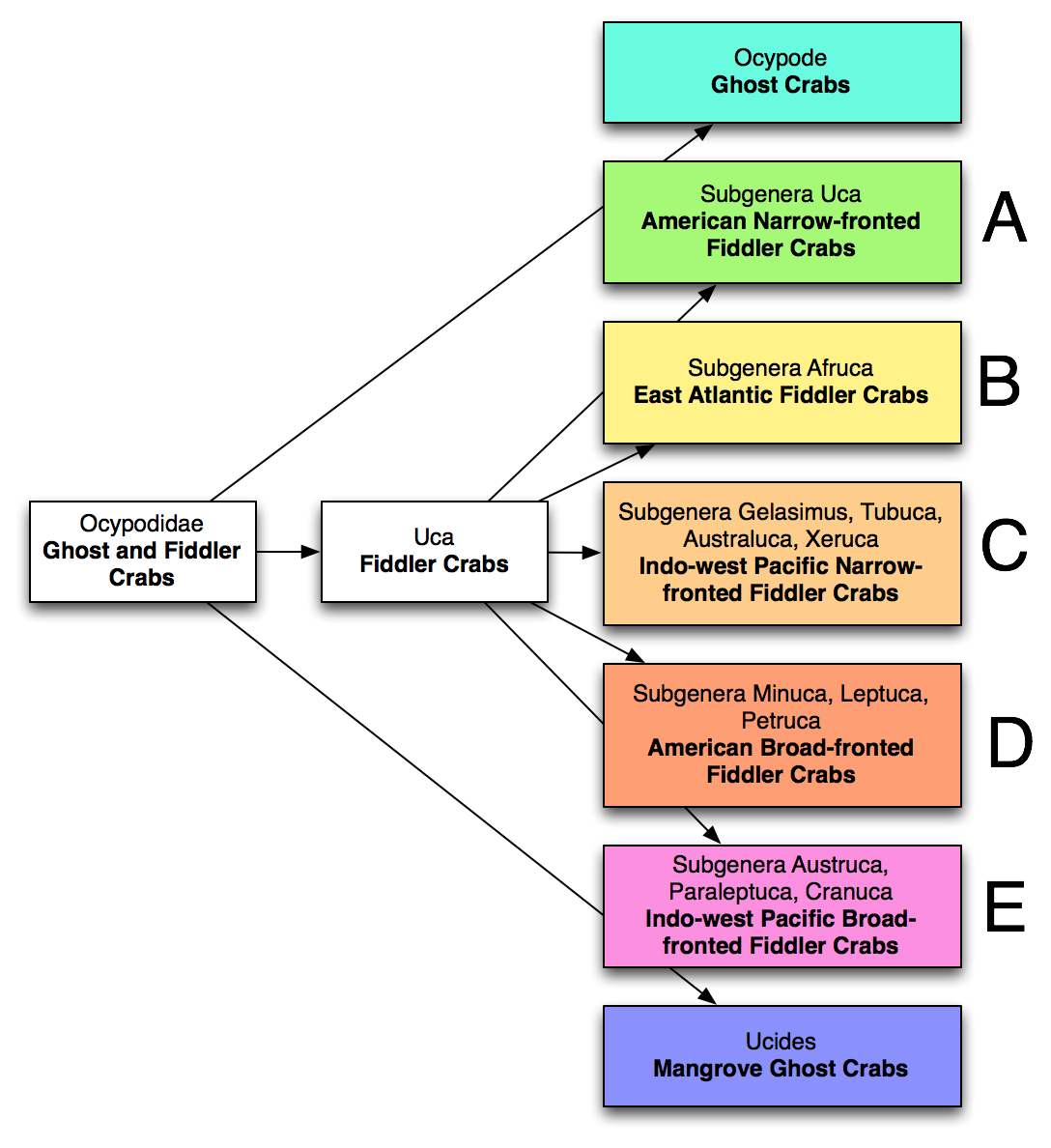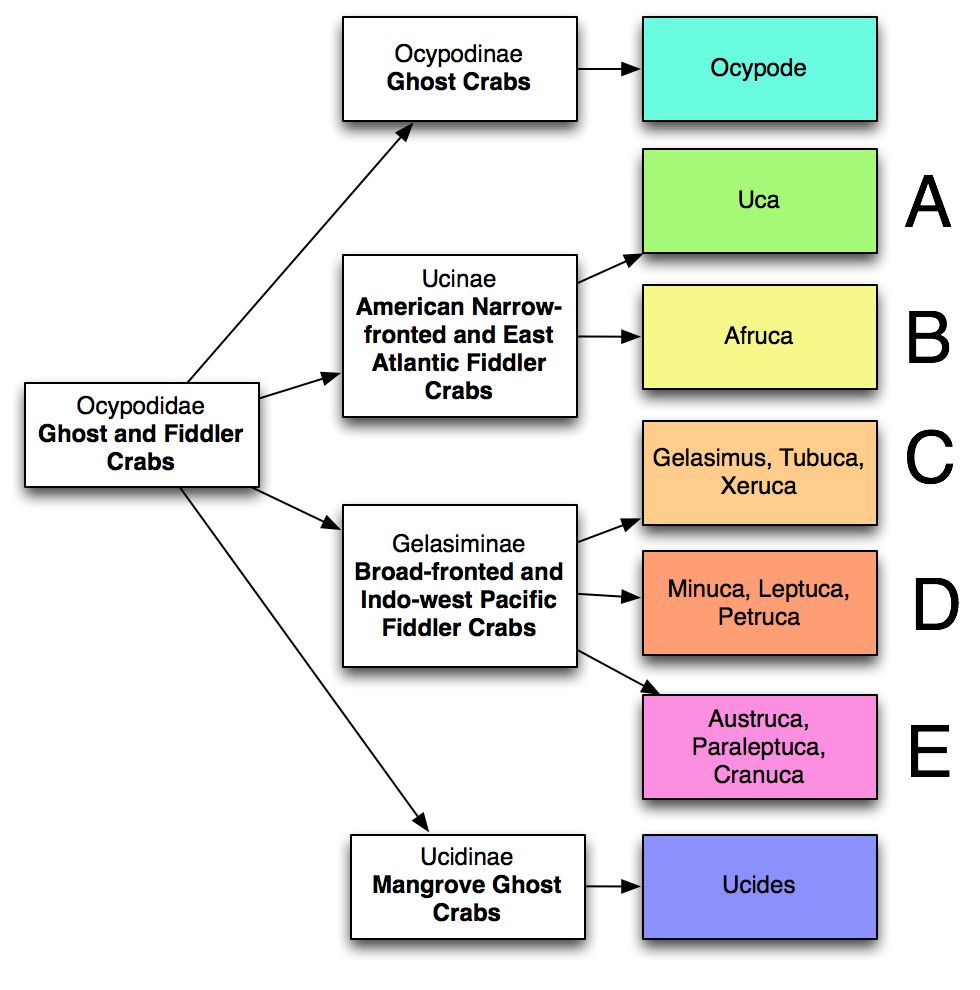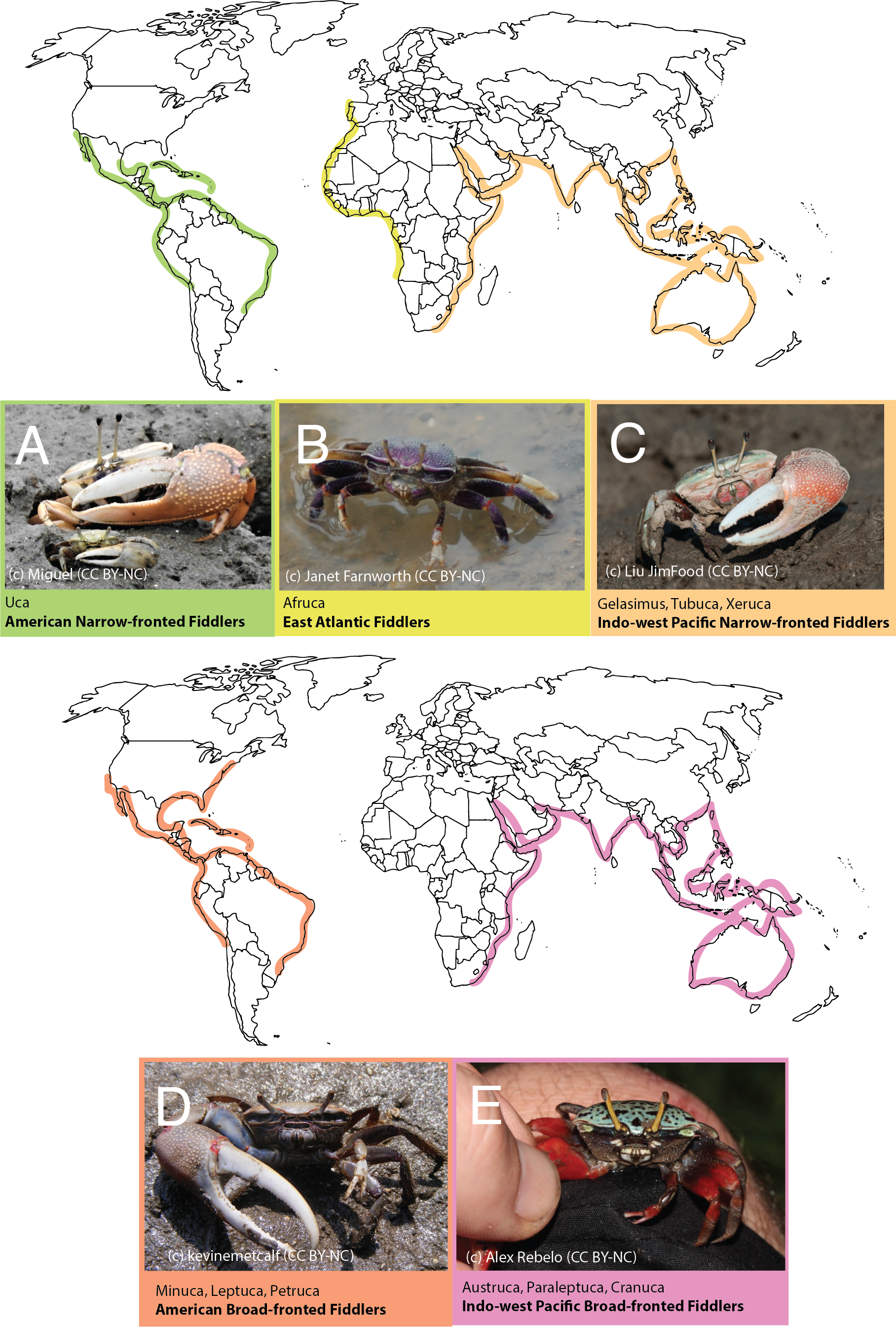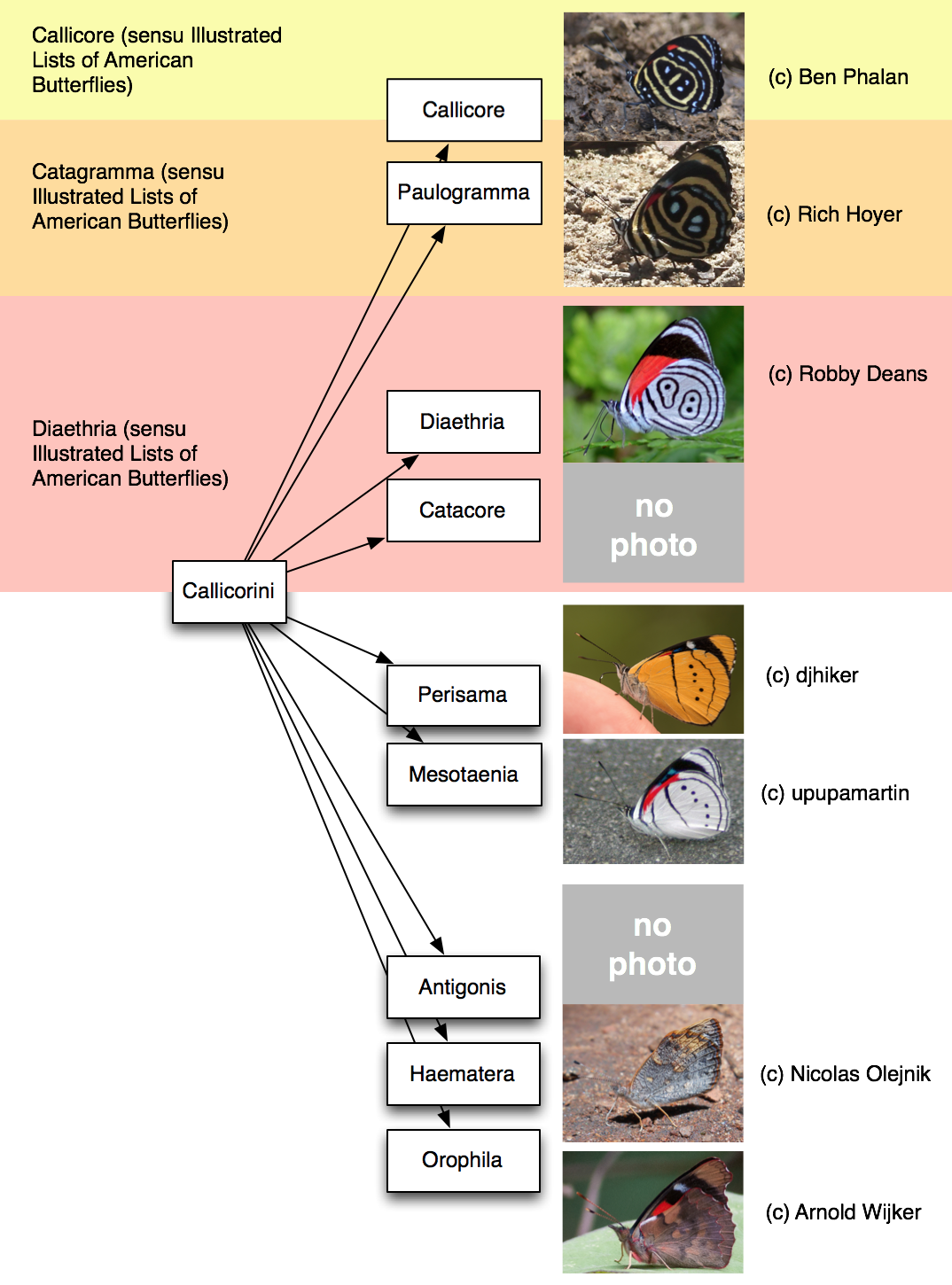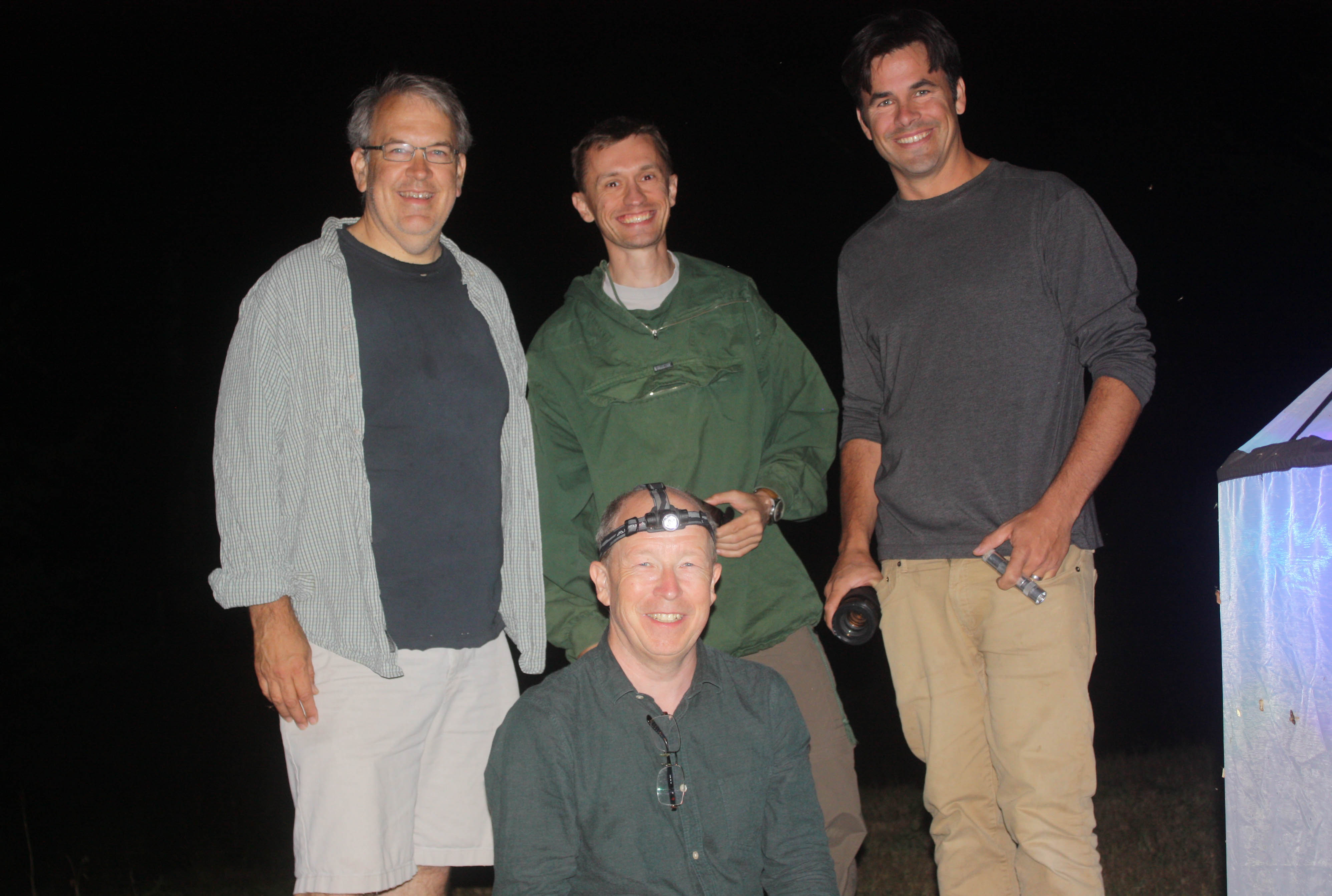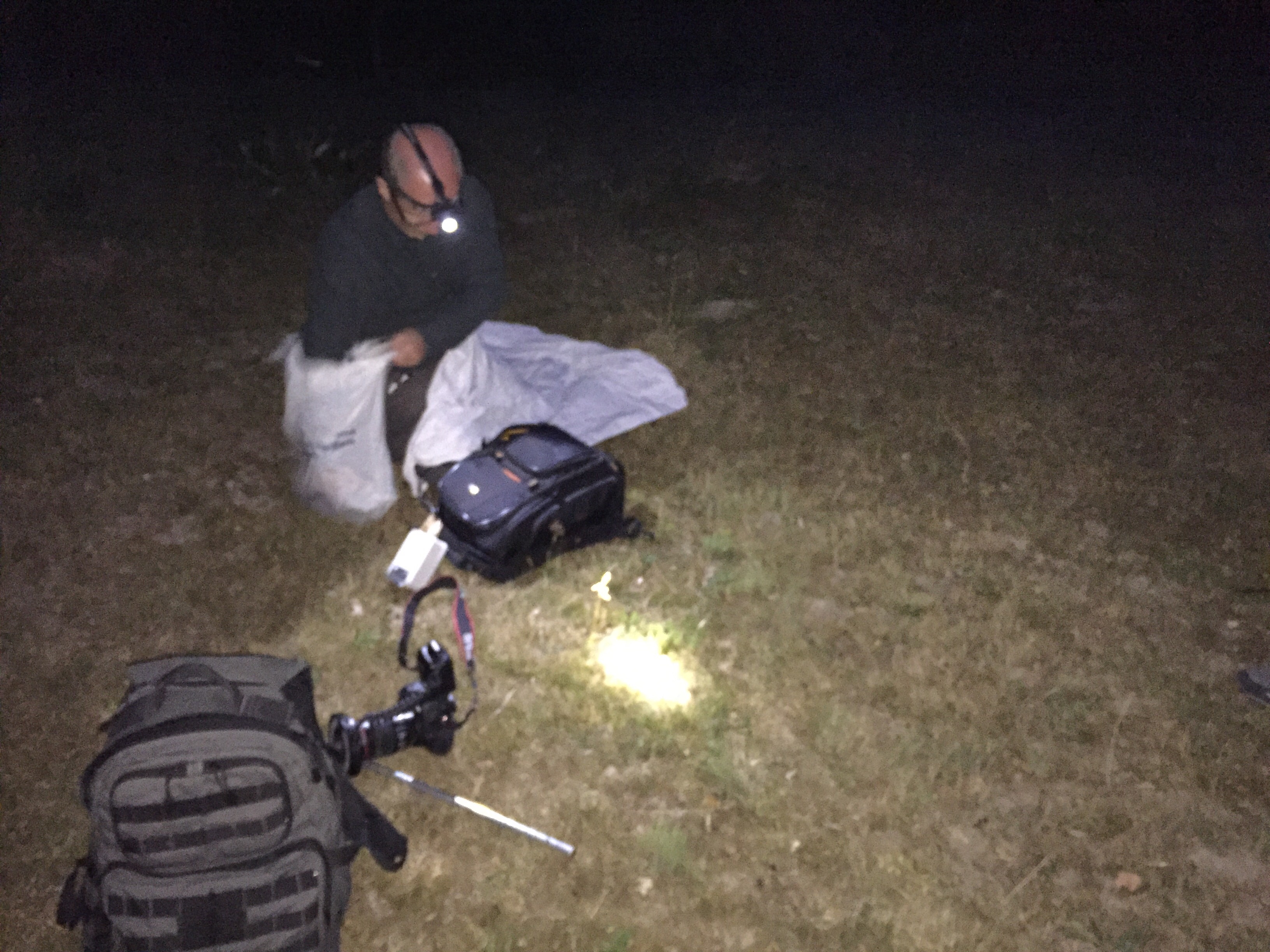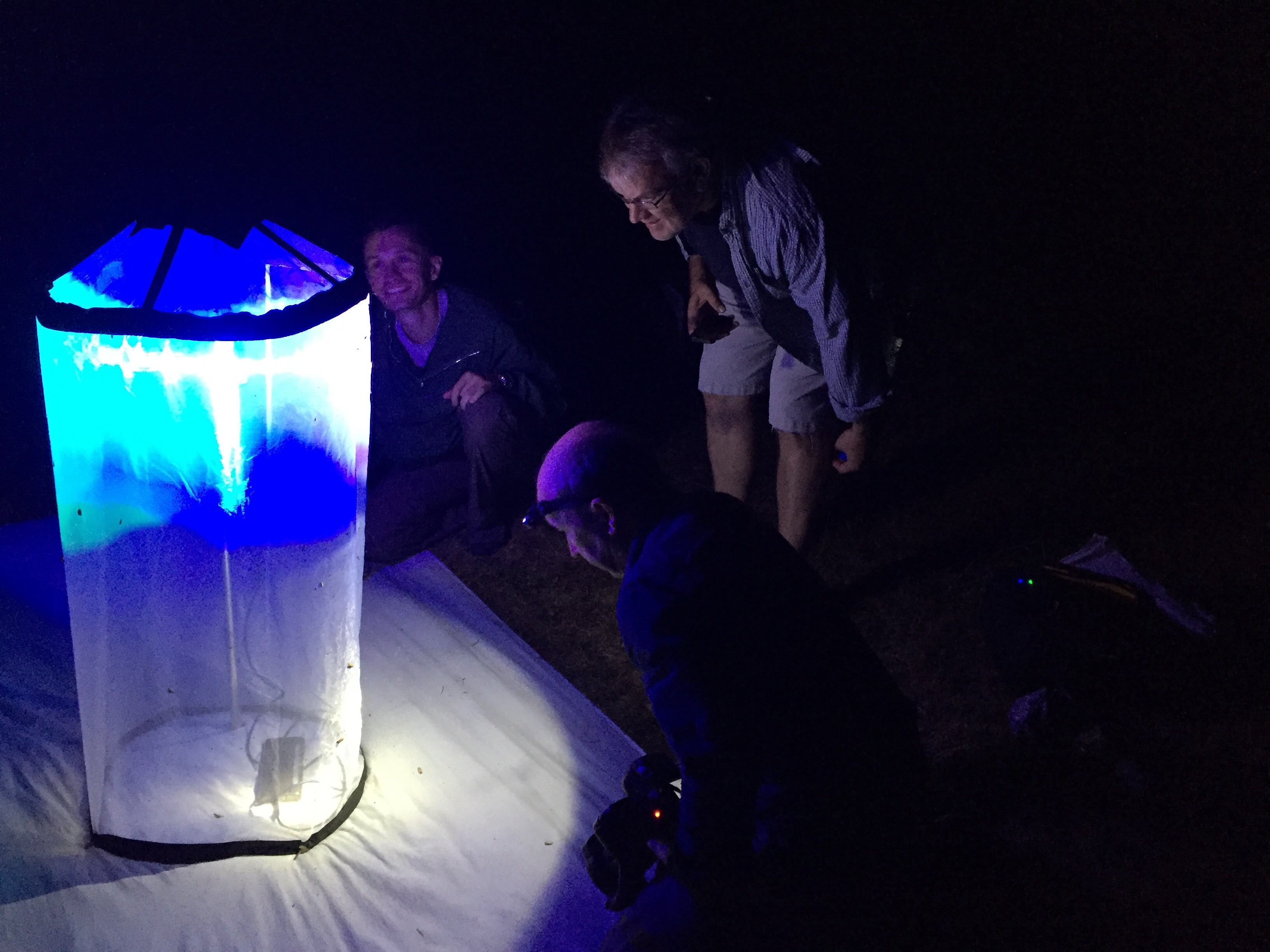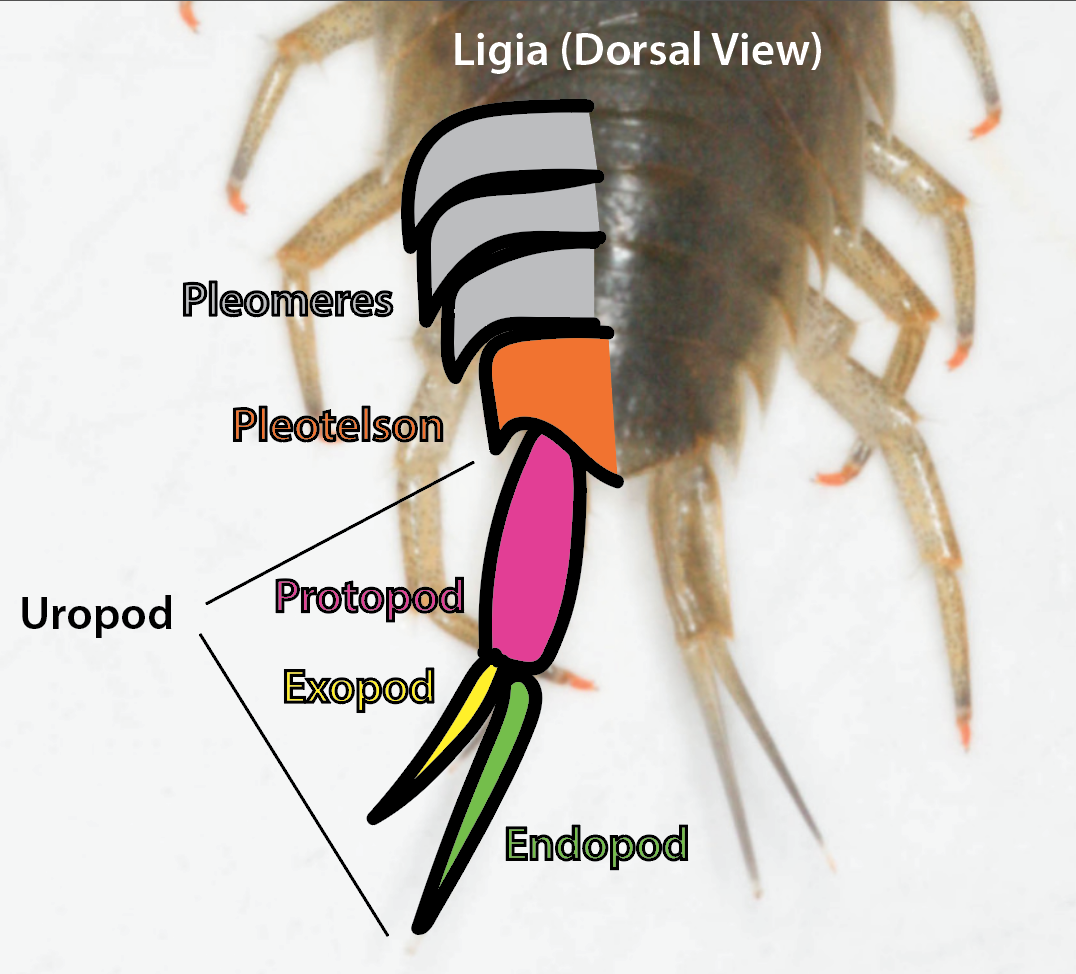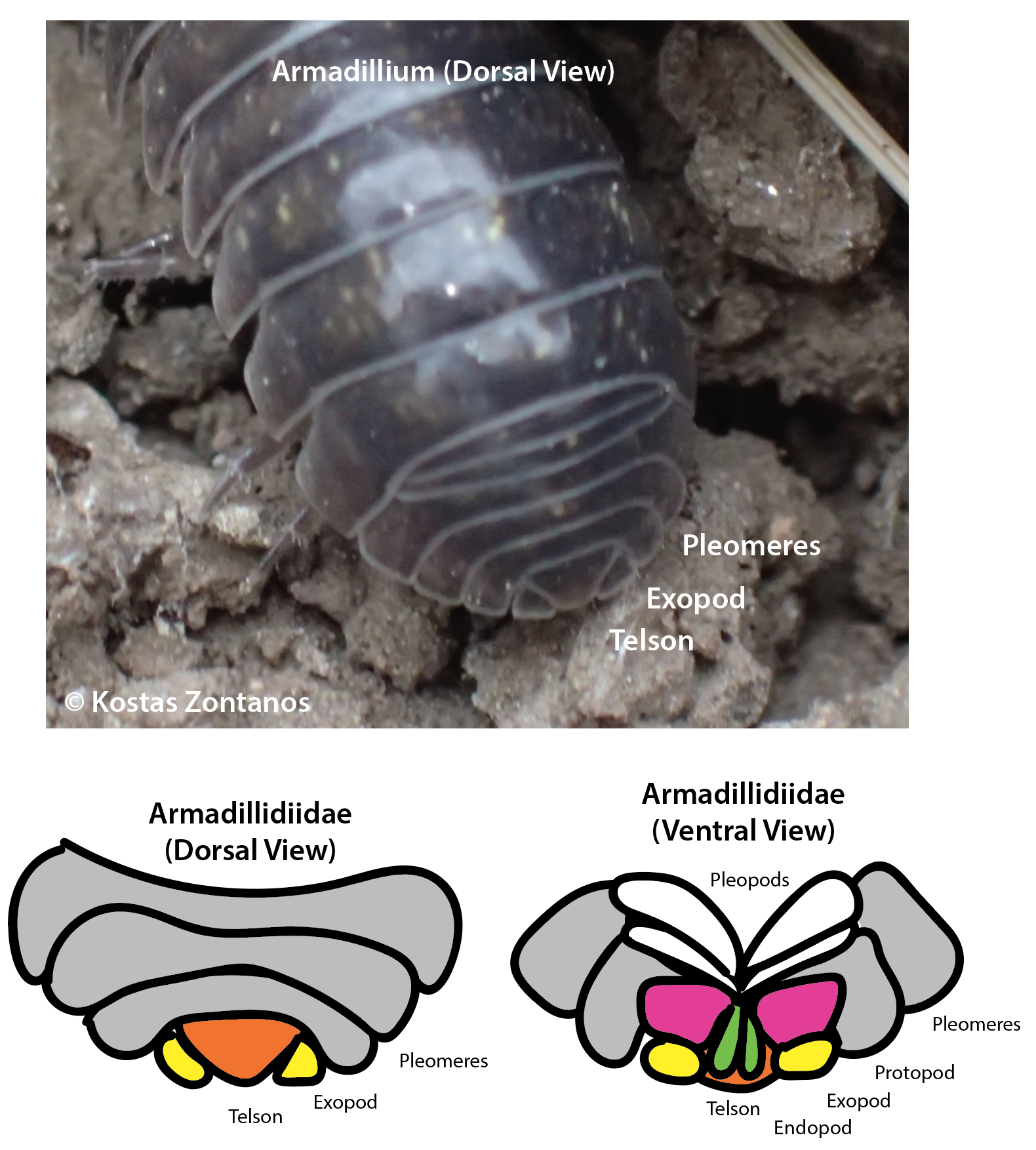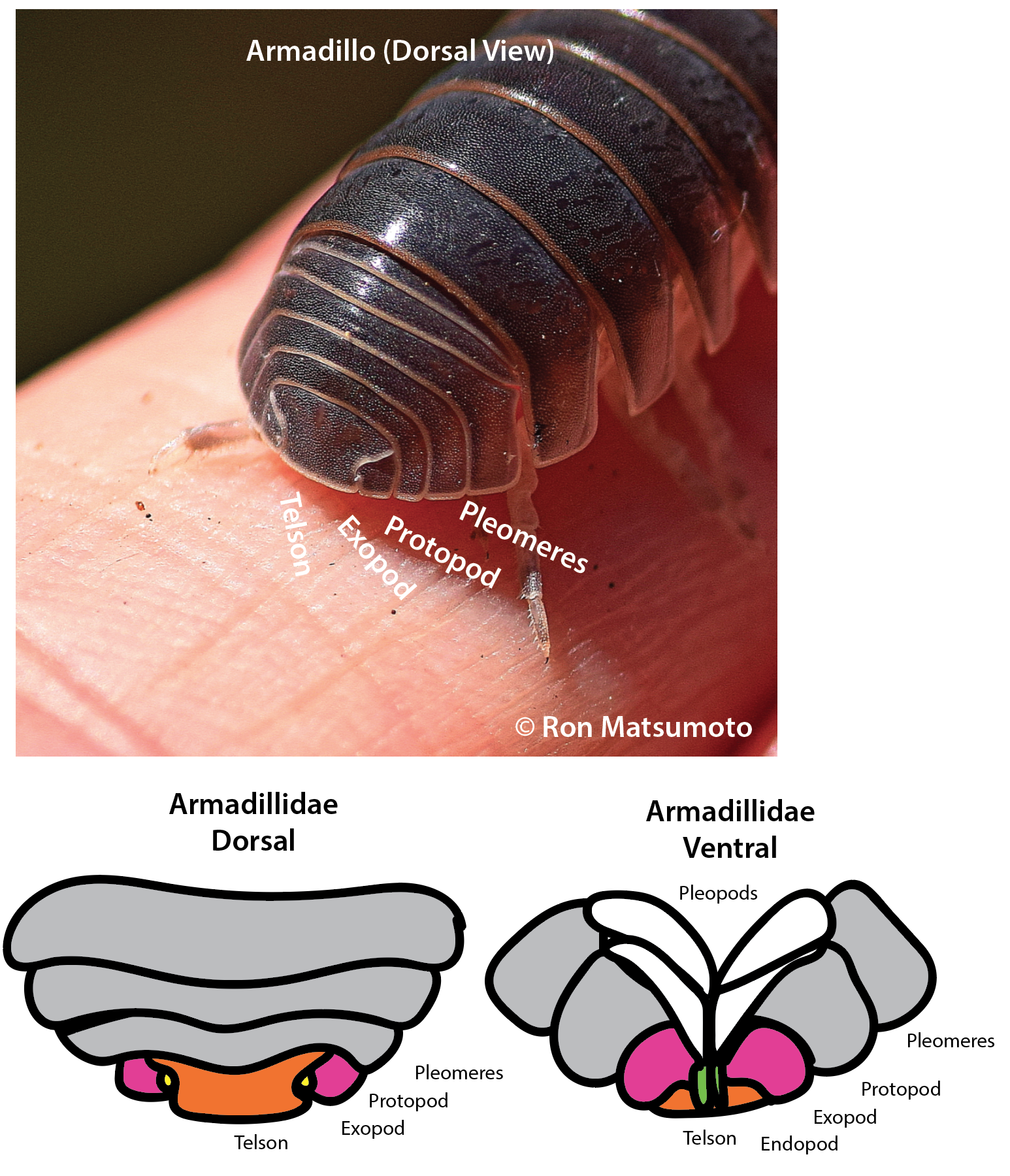IUCN Global Mammal Assessment update
I just finished updating iNaturalist Mammal Taxonomy to the IUCN Global Mammal Assessment aside from the following 'explicit deviations' that we're currently making:
first, IUCN doesn't include 'domestic-only' species. But iNat has the following:
Equus caballus, Equus asinus, Canis familiaris, Felis catus, Bos taurus, Ovis aries, Capra hircus, Bubalus bubalis, Bos indicus, Lama glama, Vicugna pacos, Camelus dromedarius, Camelus bactrianus, Cavia porcellus
Also iNat has the following newly described species not yet in IUCN:
Monodelphis pinocchio, Monodelphis saci, Euroscaptor orlovi, Euroscaptor kuznetsovi, Gracilimus radix, Neusticomys vossi
The following are lumped in IUCN but split in iNat:
- Sciurus vulgaris in lieu of iNat's Sciurus meridionalis, Sciurus vulgaris
- Glaucomys sabrinus in lieu of iNat's Glaucomys sabrinus, Glaucomys oregonensis
- Ictidomys mexicanus in lieu of iNat's Ictidomys mexicanus, Ictidomys parvidens
- Otospermophilus beecheyi in lieu of iNat's Otospermophilus beecheyi, Otospermophilus atricapillus
- Thomomys umbrinus in lieu of iNat's Thomomys umbrinus, Thomomys sheldoni, Thomomys atrovarius
- Proechimys trinitatis in lieu of iNat's Proechimys urichi, Proechimys trinitatus
- Proechimys guairae in lieu of iNat's Proechimys poliopus, Proechimys guairae
- Clyomys laticeps in lieu of iNat's Clyomys bishopi, Clyomys laticeps
- Trinomys setosus in lieu of iNat's Trinomys myosuros, Trinomys setosus
- Lagidium viscacia in lieu of iNat's Lagidium peruanum, Lagidium viscacia
- Dasyprocta leporina in lieu of iNat's Dasyprocta cristata, Dasyprocta leporina
- Coendou quichua in lieu of iNat's Coendou rothschildi, Coendou quichua
- Heterogeomys lanius in lieu of iNat's Orthogeomys lanius
- Heterogeomys dariensis in lieu of iNat's Orthogeomys dariensis, Orthogeomys thaeleri
- Heterogeomys cherriei in lieu of iNat's Orthogeomys matagalpae, Orthogeomys cherriei
- Chaetodipus ammophilus in lieu of iNat's Chaetodipus dalquesti, Chaetodipus ammophilus
- Dipodomys merriami in lieu of iNat's Dipodomys merriami, Dipodomys insularis, Dipodomys margaritae
- Monodelphis glirina in lieu of iNat's Monodelphis maraxina, Monodelphis glirina
- Monodelphis scalops in lieu of iNat's Monodelphis theresa, Monodelphis scalops
- Monodelphis americana in lieu of iNat's Monodelphis rubida, Monodelphis americana, Monodelphis umbristriatus
- Thylamys cinderella in lieu of iNat's Thylamys sponsorius, Thylamys cinderella
- Chaetophractus vellerosus in lieu of iNat's Chaetophractus nationi, Chaetophractus vellerosus
- Loxodonta africana in lieu of iNat's Loxodonta cyclotis, Loxodonta africana
- Alces alces in lieu of iNat's Alces americanus, Alces alces
- Sminthopsis fuliginosus in lieu of iNat's Sminthopsis fuliginosus, Sminthopsis aitkeni
- Crocidura poensis in lieu of iNat's Crocidura fingui, Crocidura poensis
- Sorex antinorii in lieu of iNat's Sorex arunchi, Sorex antinorii
- Ochotona roylei in lieu of iNat's Ochotona roylei, Ochotona himalayana
- Ochotona dauurica in lieu of iNat's Ochotona dauurica, Ochotona huangensis
- Ochotona gloveri in lieu of iNat's Ochotona muliensis, Ochotona gloveri
- Ochotona forresti in lieu of iNat's Ochotona forresti, Ochotona nigritia, Ochotona gaoligongensis
The following are split in IUCN vs lumped in iNat:
- Urocitellus brunneus, Urocitellus endemicus in lieu of iNat's Urocitellus brunneus
- Hylobates muelleri, Hylobates abbotti, Hylobates funereus in lieu of iNat's Hylobates muelleri
- Lutreolina massoia, Lutreolina crassicaudata in lieu of iNat's Lutreolina crassicaudata
- Marmosops caucae, Marmosops impavidus in lieu of iNat's Marmosops impavidus
- Monodelphis peruviana, Monodelphis adusta in lieu of iNat's Monodelphis adusta
- Ochotona pallasii, Ochotona opaca in lieu of iNat's Ochotona pallasi
- Ochotona hyperborea, Ochotona coreana, Ochotona mantchurica in lieu of iNat's Ochotona hyperborea
- Pithecia chrysocephala, Pithecia pithecia in lieu of iNat's Pithecia pithecia #IUCN wants to split P. pithecia into P. pithecia and P. chrysocephala, but currently have just added P. chrysocephala with no range
- Cebus albifrons, Cebus cuscinus, Cebus aequatorialis, Cebus cesarae, Cebus malitiosus, Cebus versicolor in lieu of iNat's Cebus albifrons #IUCN wants to split C. albifrons into C. albifrons,cuscinus,aequatorialis,cesarae,malitiosus, & versicolor, but currently have just added the additional taxa with no ranges and not reassessed C. albifrons
1 to 1 swaps:
- Cebus brunneus in lieu of iNat's Cebus olivaceus #IUCN wants to split C. olivaceus into C. brunneus & C. olivaceus but currently have just pulled C. olivaceus (sensu lato) and just added C. brunneus with no range
- Pithecia milleri in lieu of iNat's Pithecia monachus #IUCN wants to split P. monachus into P. monachus,milleri,hirsuta,inusta,napensis,isabela, & cazuzai, but currently have just pulled P. monachus (sensu lato) and just added P. milleri with no range
- Pithecia vanzolinii in lieu of iNat's Pithecia irrorata #IUCN wants to split P. irrorata into P. vanzolinii,rylandsi,mittermeieri, & pissinattii, but currently have just pulled P. irrorata (sensu lato) and just added P. vanzolinii with no range
- Neotamias minimus in lieu of iNat's Tamias minimus
- Neotamias merriami in lieu of iNat's Tamias merriami
- Neotamias amoenus in lieu of iNat's Tamias amoenus
- Neotamias townsendii in lieu of iNat's Tamias townsendii
- Neotamias umbrinus in lieu of iNat's Tamias umbrinus
- Neotamias dorsalis in lieu of iNat's Tamias dorsalis
- Neotamias speciosus in lieu of iNat's Tamias speciosus
- Neotamias sonomae in lieu of iNat's Tamias sonomae
- Eutamias sibiricus in lieu of iNat's Tamias sibiricus
- Neotamias quadrimaculatus in lieu of iNat's Tamias quadrimaculatus
- Neotamias quadrivittatus in lieu of iNat's Tamias quadrivittatus
- Neotamias panamintinus in lieu of iNat's Tamias panamintinus
- Neotamias durangae in lieu of iNat's Tamias durangae
- Neotamias siskiyou in lieu of iNat's Tamias siskiyou
- Neotamias canipes in lieu of iNat's Tamias canipes
- Neotamias bulleri in lieu of iNat's Tamias bulleri
- Neotamias obscurus in lieu of iNat's Tamias obscurus
- Neotamias rufus in lieu of iNat's Tamias rufus
- Neotamias senex in lieu of iNat's Tamias senex
- Neotamias ruficaudus in lieu of iNat's Tamias ruficaudus
- Neotamias cinereicollis in lieu of iNat's Tamias cinereicollis
- Neotamias alpinus in lieu of iNat's Tamias alpinus
- Neotamias palmeri in lieu of iNat's Tamias palmeri
- Neotamias ochrogenys in lieu of iNat's Tamias ochrogenys
- Gyldenstolpia fronto in lieu of iNat's Kunsia fronto
- Tanyuromys aphrastus in lieu of iNat's Sigmodontomys aphrastus
- Otomys karoensis in lieu of iNat's Otomys saundersiae
- Gerbillus mackilligini in lieu of iNat's Gerbillus mackillingini
- Micaelamys namaquensis in lieu of iNat's Aethomys namaquensis
- Micaelamys granti in lieu of iNat's Aethomys granti
- Nannospalax ehrenbergi in lieu of iNat's Spalax ehrenbergi
- Nannospalax leucodon in lieu of iNat's Spalax leucodon
- Nannospalax xanthodon in lieu of iNat's Spalax nehringi
- Toromys rhipidurus in lieu of iNat's Makalata rhipidura
- Brassomys albidens in lieu of iNat's Coccymys albidens
These were mysteriously removed from IUCN for seemingly no good reason so I left them in (sometimes IUCN pulls an assessment while they're in the process of revising it):
Alouatta seniculus, Mico manicorensis, Cacajao melanocephalus, Cebus capucinus, Cercopithecus pogonias, Dipodomys ornatus
Lastly, bats is a total cluster @#$@ at the moment with the following IUCN bats not in iNat:
Dermanura anderseni, Dermanura azteca, Dermanura cinerea, Dermanura gnoma, Dermanura tolteca, Chaerephon aloysiisabaudiae, Chaerephon ansorgei, Chaerephon bemmeleni, Chaerephon bivittatus, Chaerephon bregullae, Chaerephon chapini, Chaerephon gallagheri, Chaerephon jobensis, Chaerephon johorensis, Chaerephon major, Chaerephon nigeriae, Chaerephon plicatus, Chaerephon pumilus, Chaerephon russatus, Chaerephon solomonis, Chaerephon tomensis, Diclidurus isabella, Hipposideros commersoni, Mops brachypterus, Mops condylurus, Mops congicus, Mops demonstrator, Mops midas, Mops mops, Mops nanulus, Mops niangarae, Mops niveiventer, Mops petersoni, Mops sarasinorum, Mops spurrelli, Mops thersites, Mops trevori, Hypsugo anthonyi, Pipistrellus hesperus, Hypsugo joffrei, Hypsugo kitcheneri, Hypsugo lophurus, Hypsugo macrotis, Pipistrellus subflavus, Rhogeessa alleni, Rousettus lanosus, Scotonycteris ophiodon, Austronomus australis, Mops leucostigma, Triaenops rufus, Neoromicia matroka, Nycticeinops schlieffeni, Hypsugo vordermanni, Lissonycteris angolensis, Hypsugo savii, Miniopterus africanus, Neoromicia brunnea, Neoromicia capensis, Neoromicia flavescens, Neoromicia guineensis, Neoromicia helios, Neoromicia melckorum, Neoromicia nana, Neoromicia rendalli, Neoromicia somalica, Neoromicia tenuipinnis, Neoromicia zuluensis, Austronomus kuboriensis, Natalus espiritosantensis, Dermanura rosenbergi, Neoromicia malagasyensis, Neoromicia robertsi, Neoromicia roseveari, Chaerephon atsinanana, Mops bakarii, Mormopterus lumsdenae, Mormopterus kitcheneri, Mormopterus halli, Mormopterus ridei, Mormopterus cobourgianus, Myotis nyctor, Rhinolophus xinanzhongguoensis, Dermanura glauca, Dermanura bogotensis, Dermanura phaeotis, Rhinolophus belligerator, Rhinolophus mcintyrei, Rhinolophus proconsulis, Rhinolophus tatar, Rhinolophus indorouxii, Rhinolophus microglobosus, Epomophorus minor, Scotophilus andrewreborii, Scotophilus ejetai, Scotophilus livingstonii, Scotophilus trujilloi, Murina bicolor, Murina gracilis, Murina recondita, Murina jaintiana, Murina pluvialis, Hypsugo bemainty, Otonycteris leucophaea, Myotis secundus, Myotis soror, Submyotodon latirostris, Myotis borneoensis, Myotis federatus, Myotis peytoni, Peropteryx pallidoptera, Cynomops milleri, Eumops wilsoni, Eumops nanus, Pteronotus mesoamericanus, Pteronotus rubiginosus, Molossus bondae, Promops davisoni, Chiroderma vizzotoi, Anoura cadenai, Artibeus schwartzi, Micronycteris buriri, Micronycteris giovanniae, Lophostoma occidentalis, Lonchophylla peracchii, Thyroptera wynneae, Eptesicus taddeii, Lasiurus salinae, Myotis diminutus, Myotis izecksohni, Myotis lavali, Rhogeessa bickhami, Rhogeessa menchuae, Rhogeessa velilla, Vampyrodes major, Sturnira burtonlimi, Sturnira koopmanhilli, Sturnira perla, Platyrrhinus incarum, Platyrrhinus angustirostris, Platyrrhinus aquilus, Platyrrhinus nitelinea, Neoromicia isabella, Dermanura watsoni
and the following iNat bats not in IUCN:
Pteropus pelewensis, Myotis phanluongi, Pipistrellus savii, Pipistrellus nanus, Pipistrellus rendalli, Pipistrellus capensis, Pipistrellus guineensis, Pipistrellus tenuipinnis, Pipistrellus brunneus, Pipistrellus zuluensis, Pipistrellus isabella, Pipistrellus somalicus, Pipistrellus roseveari, Pipistrellus stanleyi, Pipistrellus anthonyi, Eptesicus malagasyensis, Eptesicus matroka, Perimyotis subflavus, Parastrellus hesperus, Plecotus gaisleri, Pipistrellus lophurus, Pipistrellus kitcheneri, Pipistrellus joffrei, Pipistrellus macrotis, Pipistrellus vordermanni, Pipistrellus helios, Pipistrellus robertsi, Pipistrellus lanzai, Pipistrellus bemainty, Scotophilus alvenslebeni, Nycticeinops schlieffenii, Nyctophilus corbeni, Nyctophilus major, Glauconycteris atra, Tadarida australis, Tadarida pumila, Tadarida condylura, Tadarida nigeriae, Tadarida plicata, Tadarida thersites, Tadarida nanula, Tadarida jobensis, Tadarida ansorgei, Tadarida aloysiisabaudiae, Tadarida major, Tadarida demonstrator, Tadarida russata, Tadarida spurrelli, Tadarida bregullae, Tadarida leucostigma, Tadarida midas, Tadarida tomensis, Tadarida trevori, Tadarida chapini, Tadarida brachyptera, Tadarida bakarii, Baeodon alleni, Tadarida johorensis, Tadarida kuboriensis, Tadarida mops, Tadarida sarasinorum, Tadarida solomonis, Molossus barnesi, Harpiocephalus mordax, Tadarida bemmeleni, Tadarida bivittata, Tadarida congica, Tadarida gallagheri, Tadarida jobimena, Tadarida niangarae, Tadarida niveiventer, Tadarida petersoni, Tadarida atsinanana, Artibeus phaeotis, Artibeus watsoni, Artibeus aztecus, Artibeus toltecus, Miniopterus oceanensis, Artibeus cinereus, Natalus macrourus, Miniopterus mossambicus, Miniopterus fuliginosus, Miniopterus villiersi, Artibeus glaucus, Artibeus incomitatus, Artibeus rosenbergii, Lophostoma aequatorialis, Lophostoma yasuni, Artibeus anderseni, Sturnira thomasi, Artibeus gnomus, Pteropus yapensis, Pteropus argentatus, Pteropus brunneus, Diclidurus isabellus, Myonycteris angolensis, Stenonycteris lanosus, Scotonycteris bergmansi, Scotonycteris occidentalis, Casinycteris ophiodon, Dobsonia magna, Pteropus pilosus, Pteropus tokudae, Pteropus insularis, Rhinolophus geoffroyi, Rhinolophus willardi, Hipposideros commersonii, Hipposideros nicobarulae, Hipposideros cryptovalorona, Rhinolophus nippon, Rhinolophus mabuensis, Rhinolophus horaceki, Rhinolophus kahuzi, Triaenops menamena, Coelops hirsutus, Paracoelops megalotis
It would be fantastic if someone could do the work mapping between these two groups more explicitly.
As before, please flag any taxon that you find problematic (either because we're not making an exception and you think we should be, or because we are making an exception and you think we shouldn't be).
Also, thanks for bearing with me on process for discussing/updating mammal taxonomy. We were previously using this thread on my personal journal. But now that we have Collection Projects, it seems like it might be more appropriate to continue that thread in a project. I've created a Mammal Taxonomic Working Group project where we can make posts to discuss and relay updates related to Mammal taxonomy. Please follow the project if you want to receive these posts.
Also there's some discussion of transitioning from IUCN Global Mammal Assessment to the ASM list. If anyone wants to help, I think a mapping between IUCN and ASM would be hugely useful to figure out the degree and character of the difference between these taxonomic sources.
Thanks!

